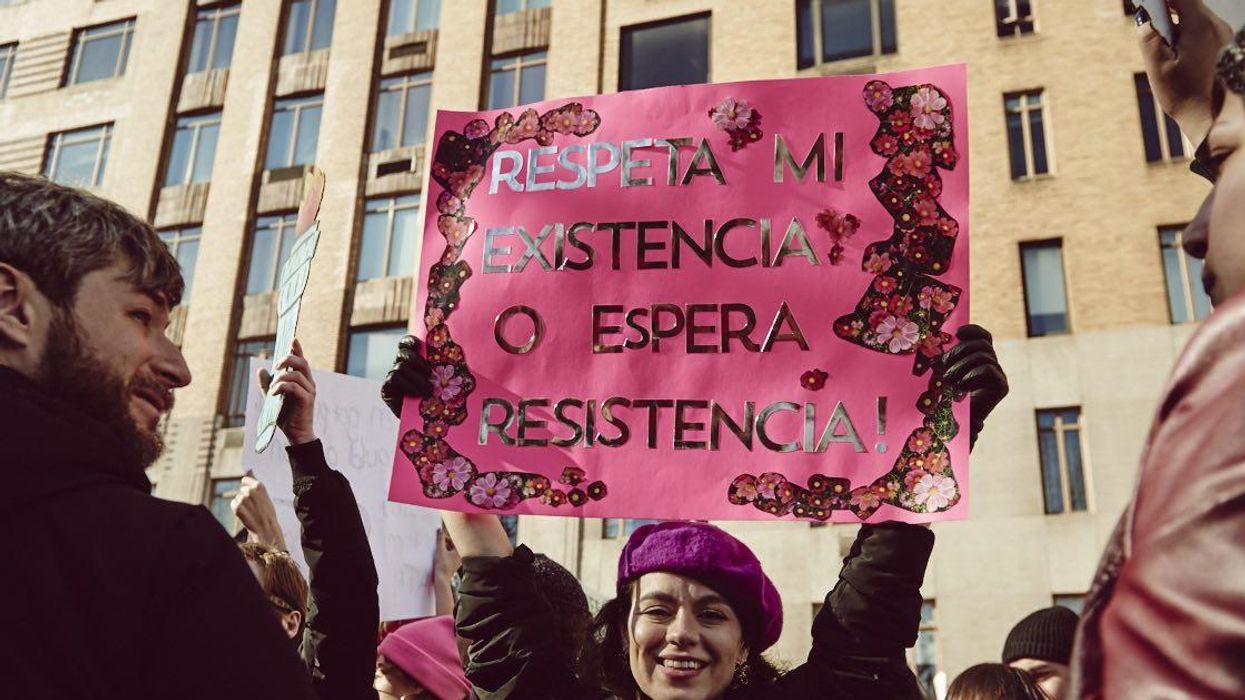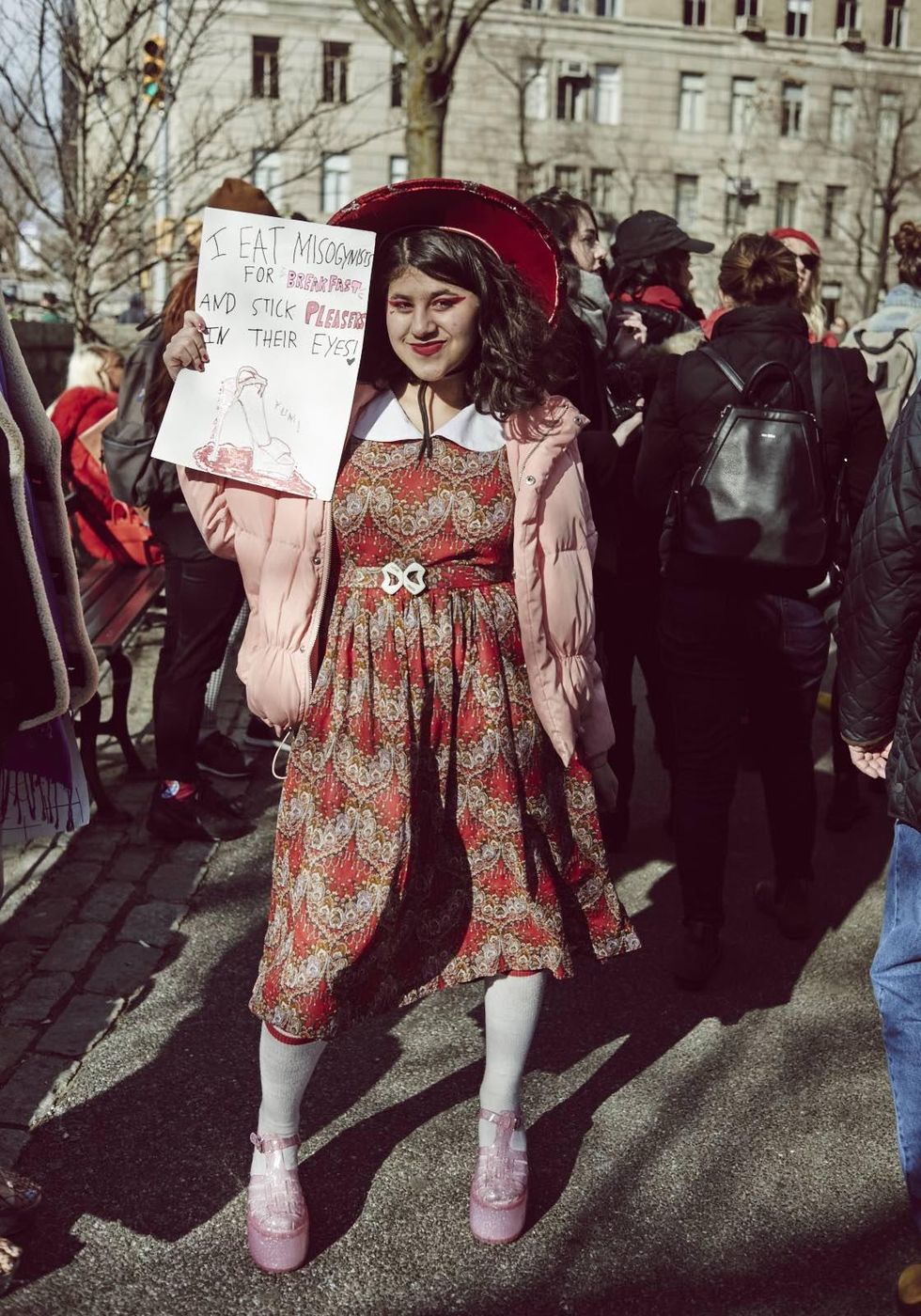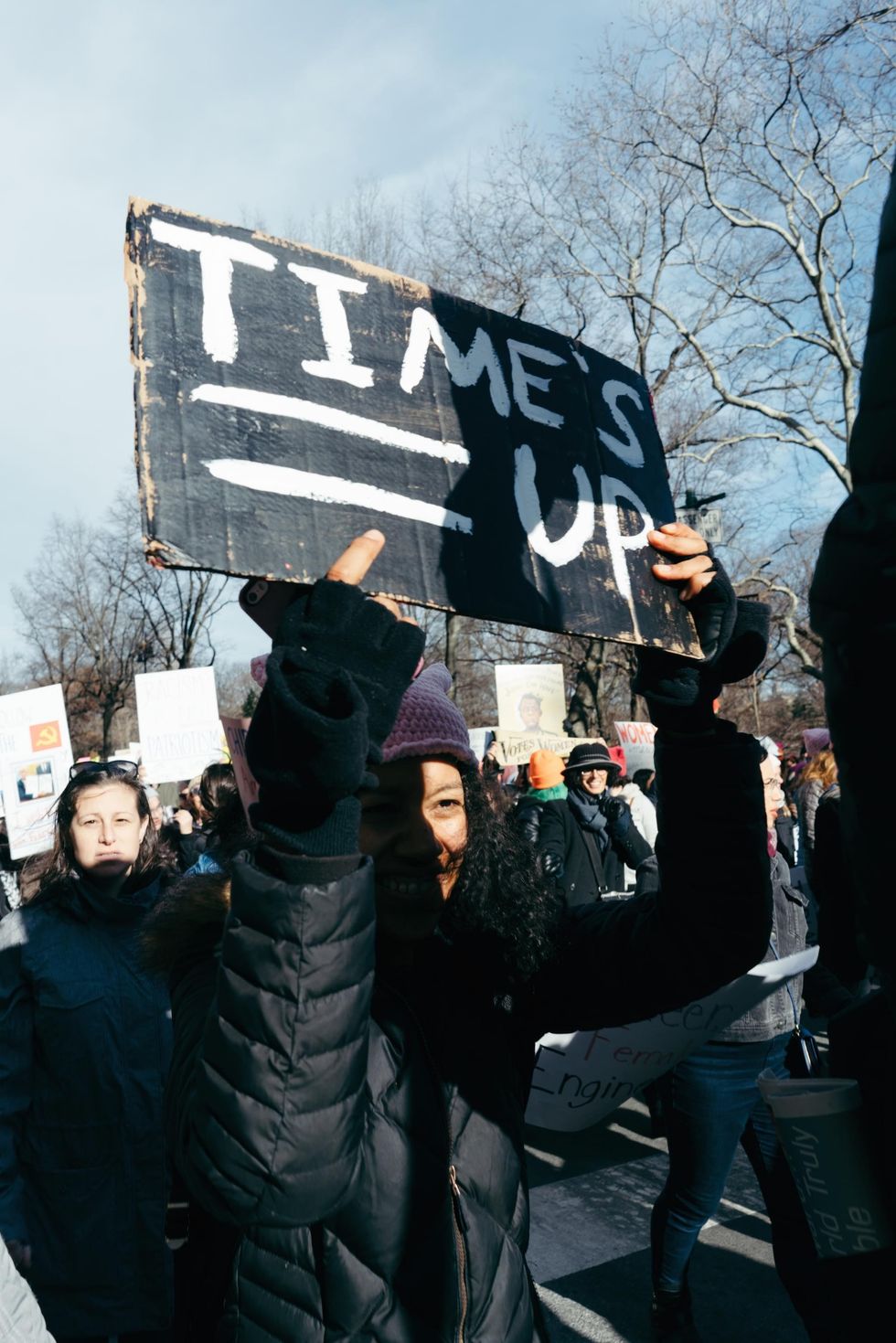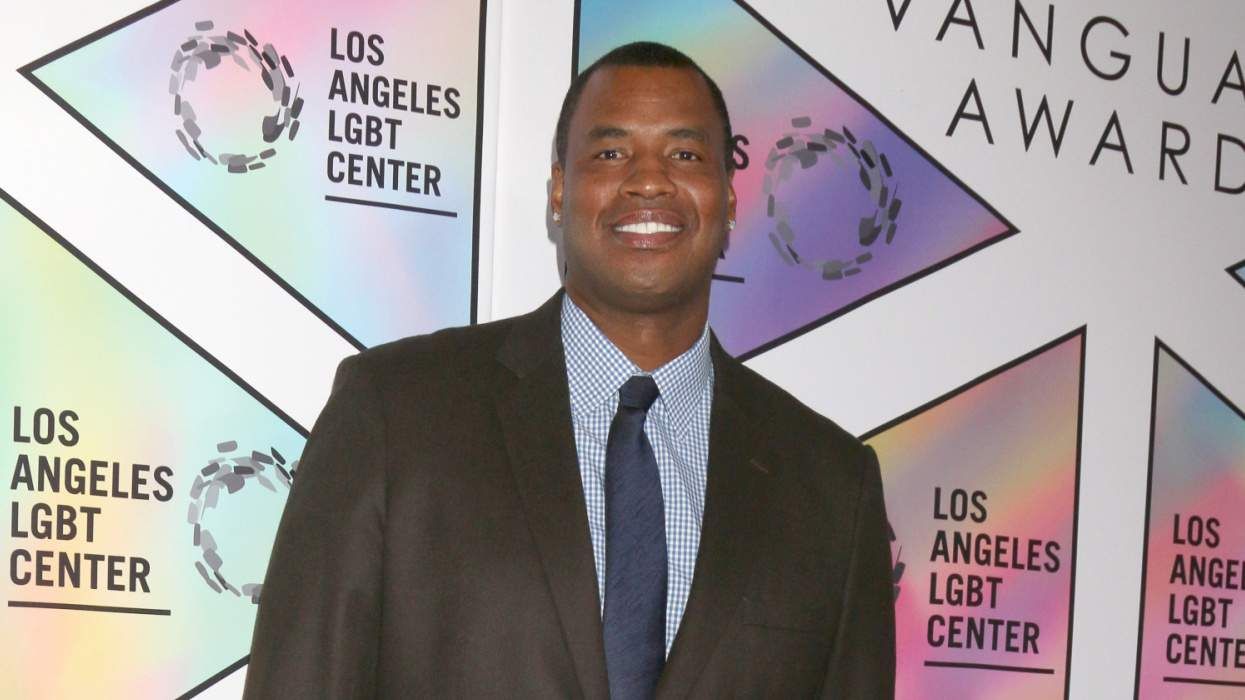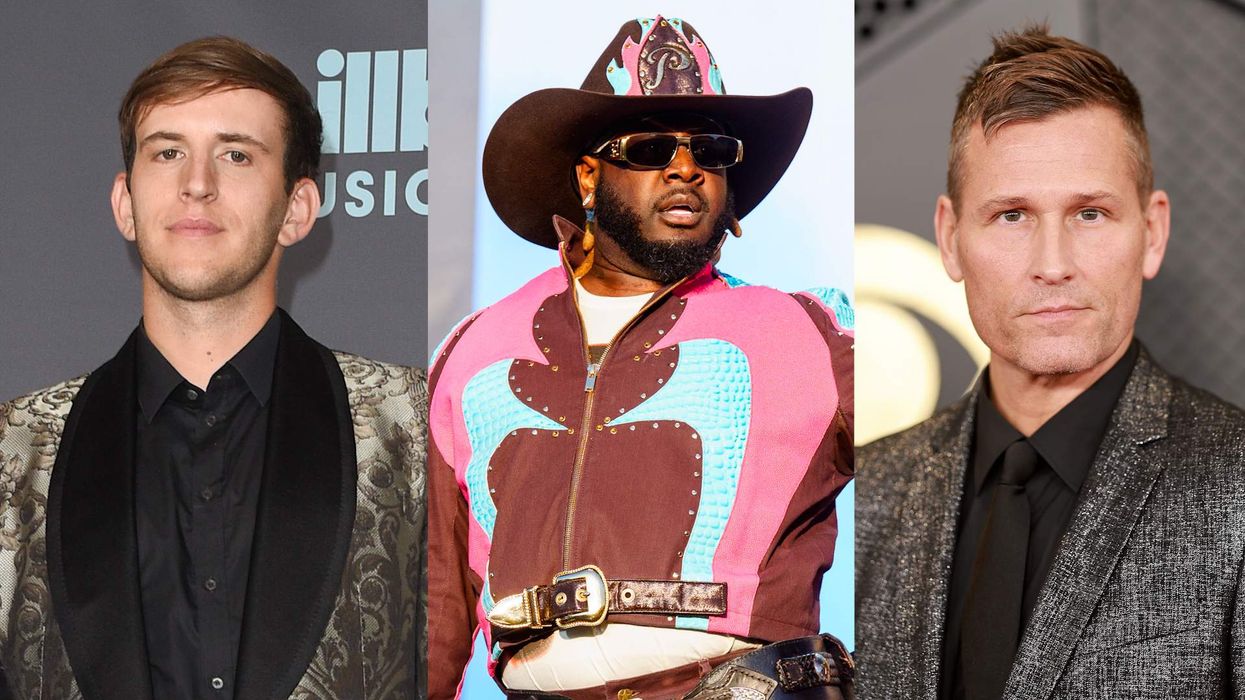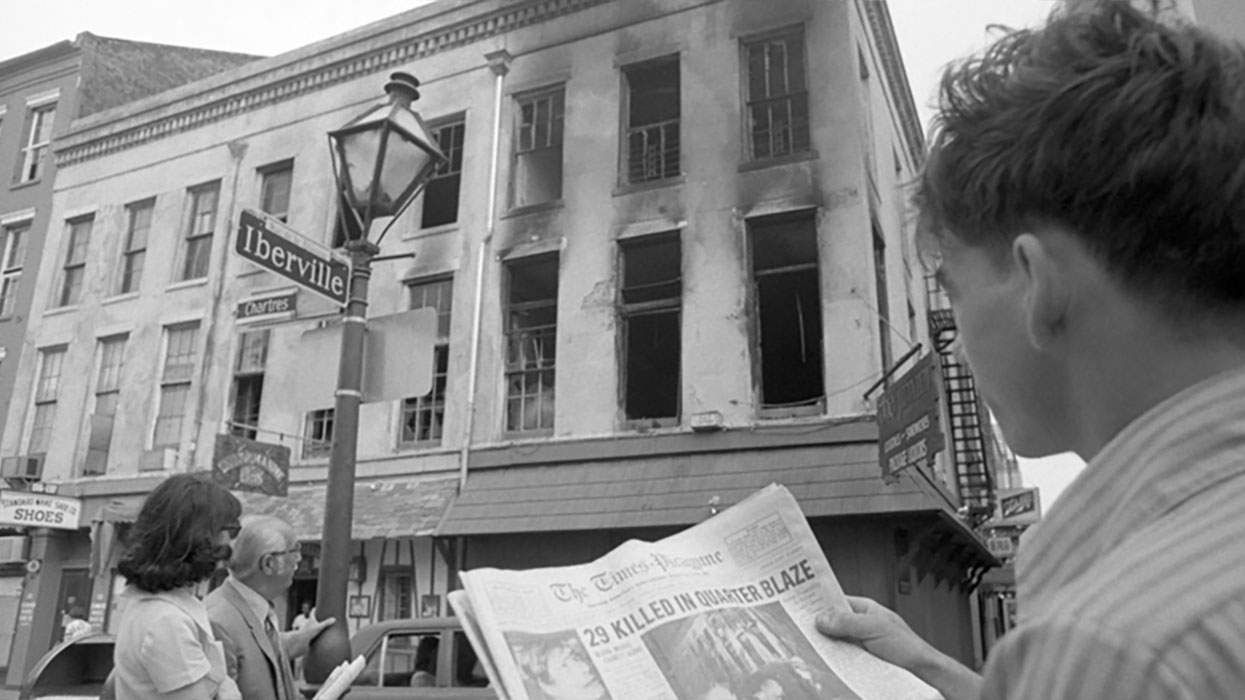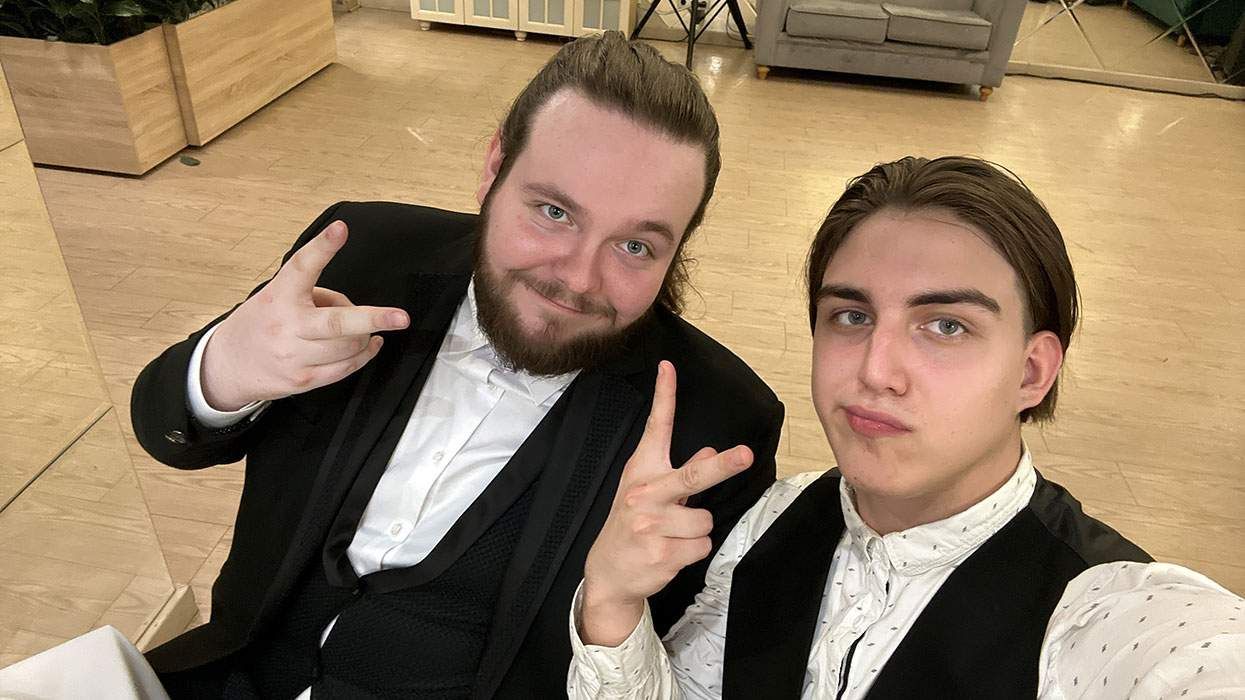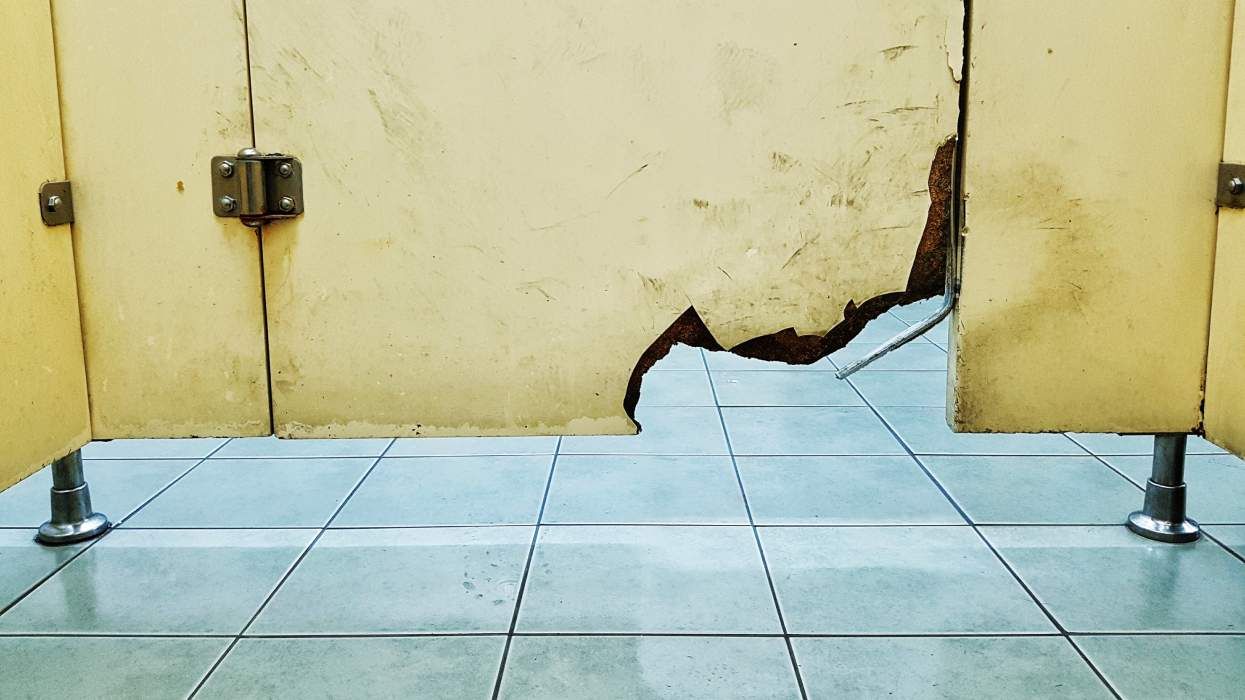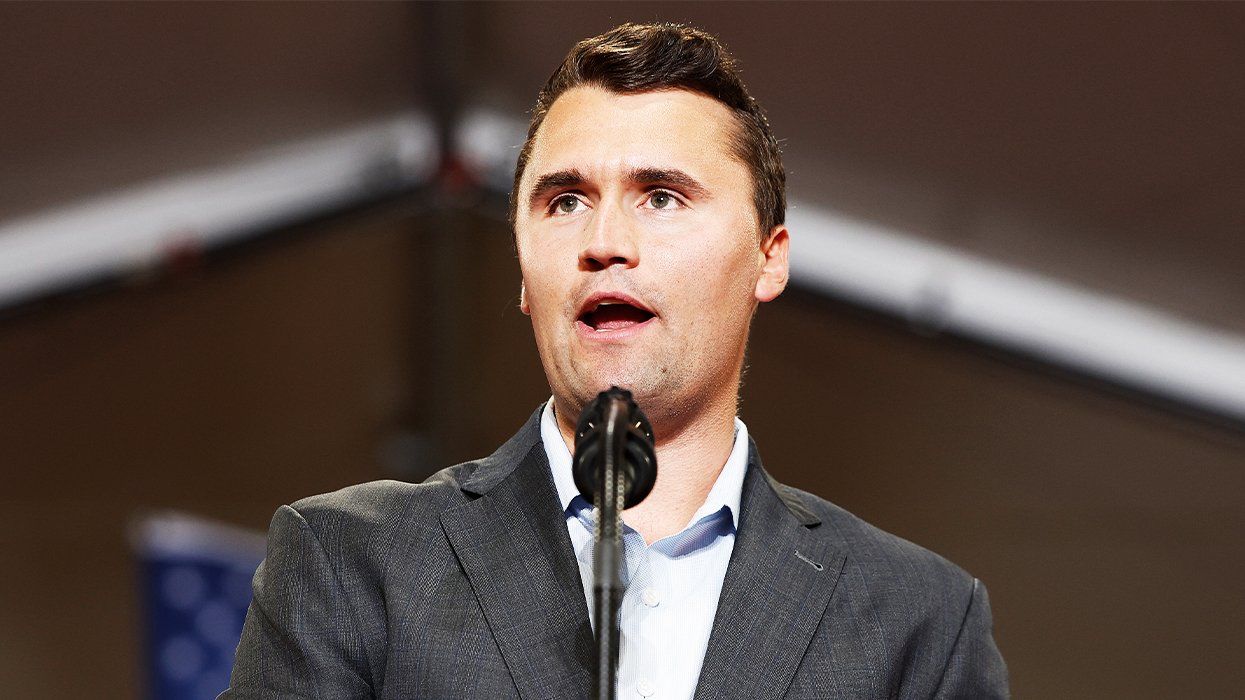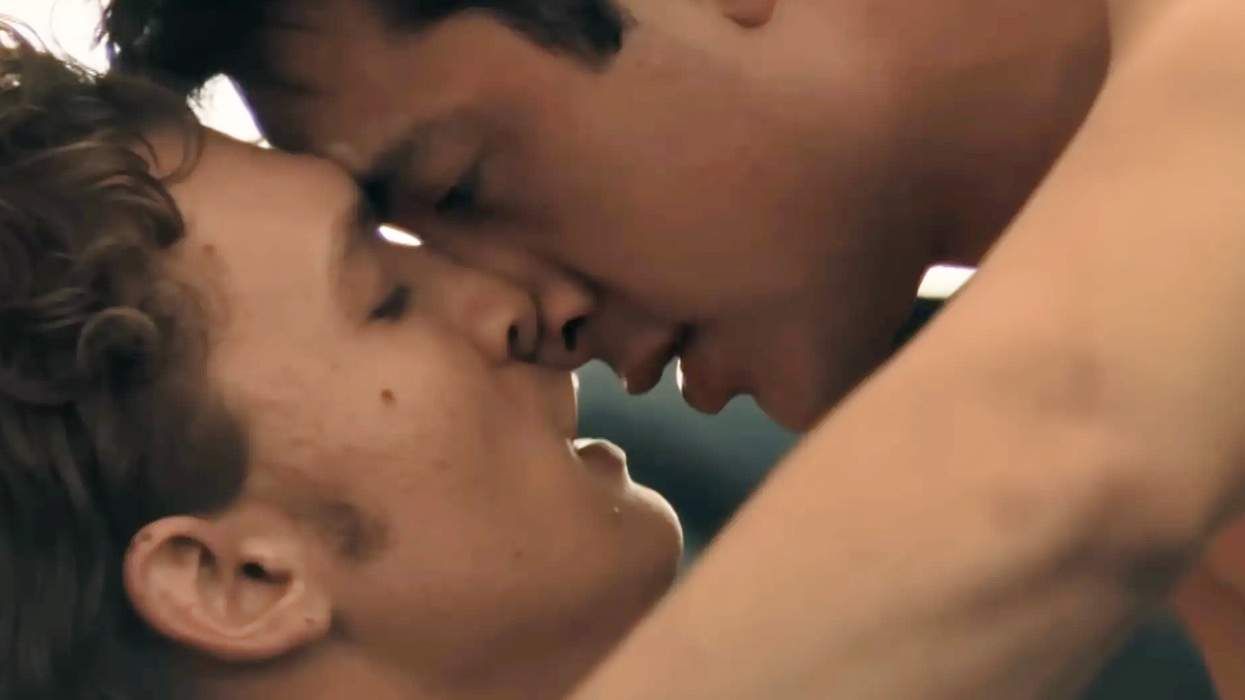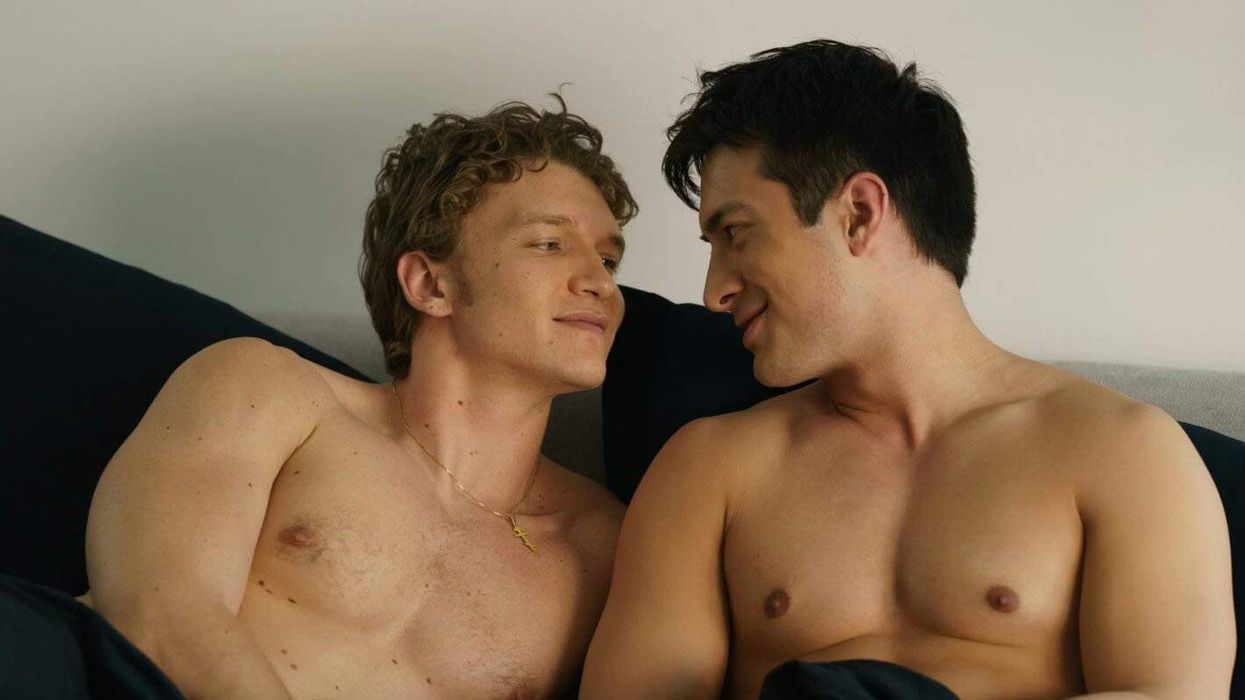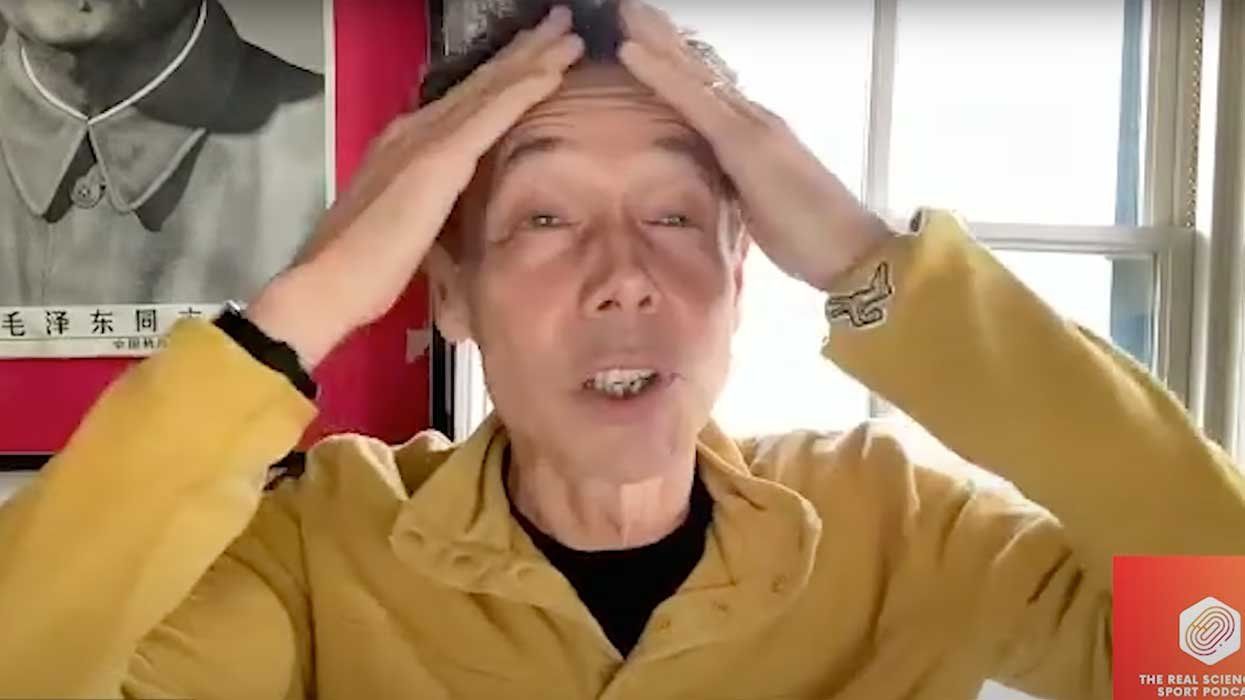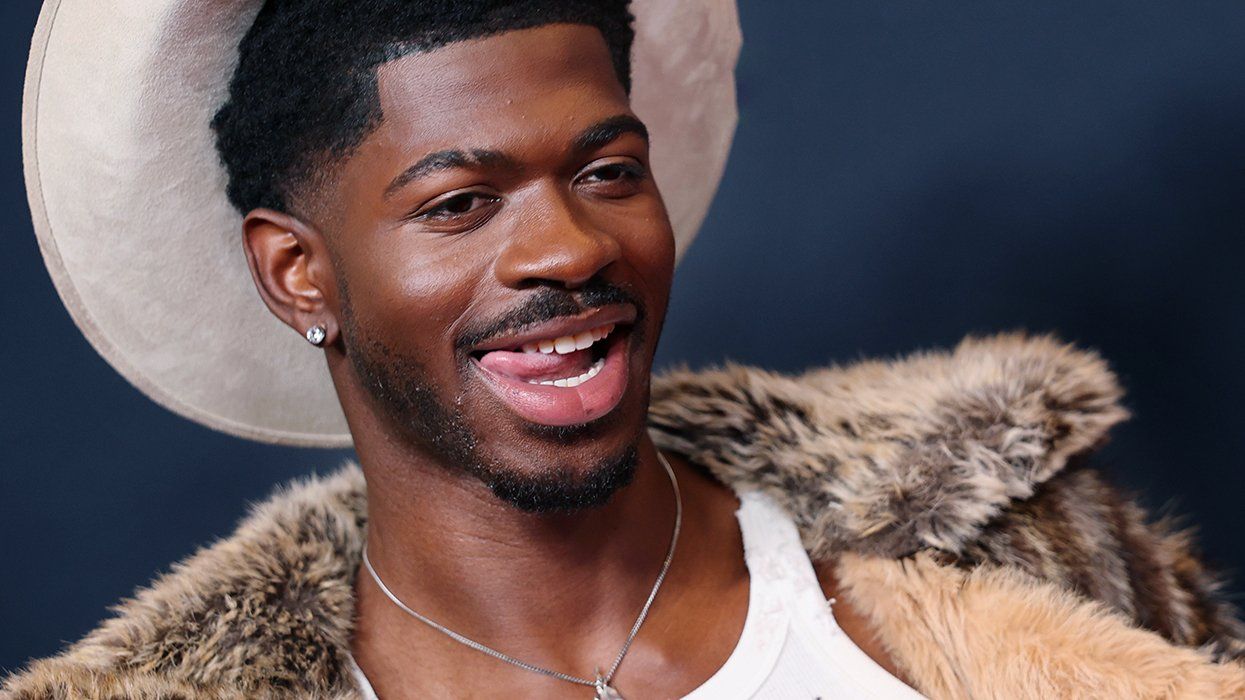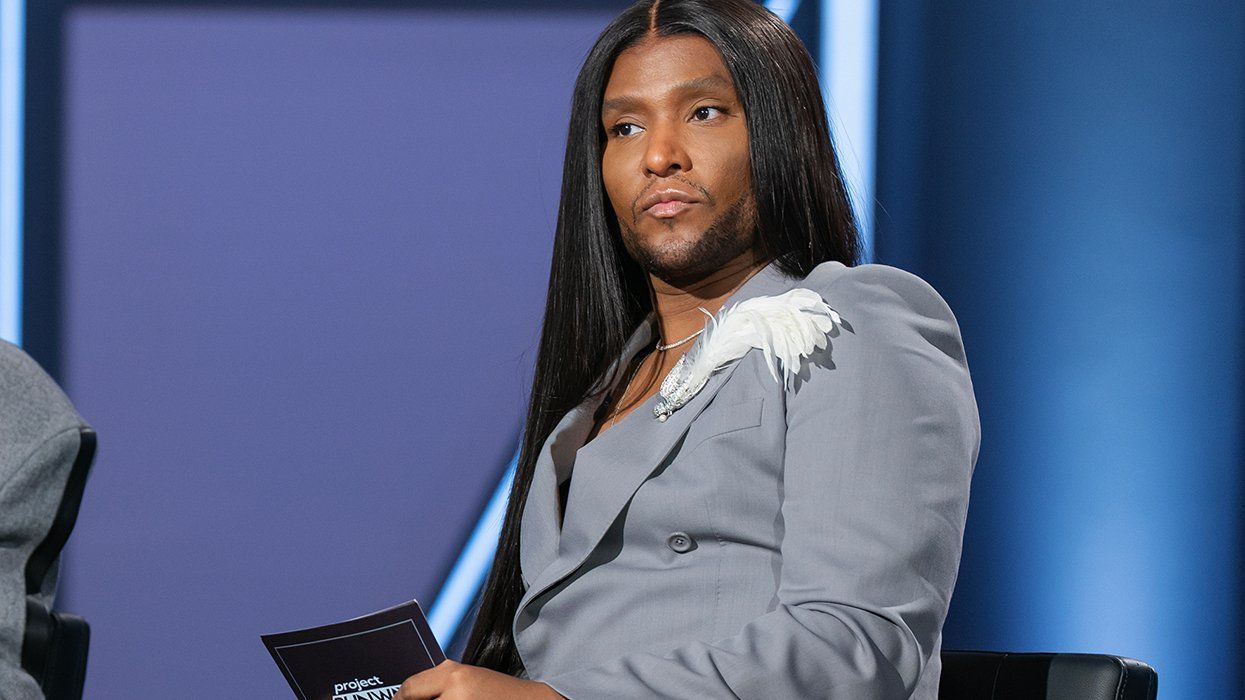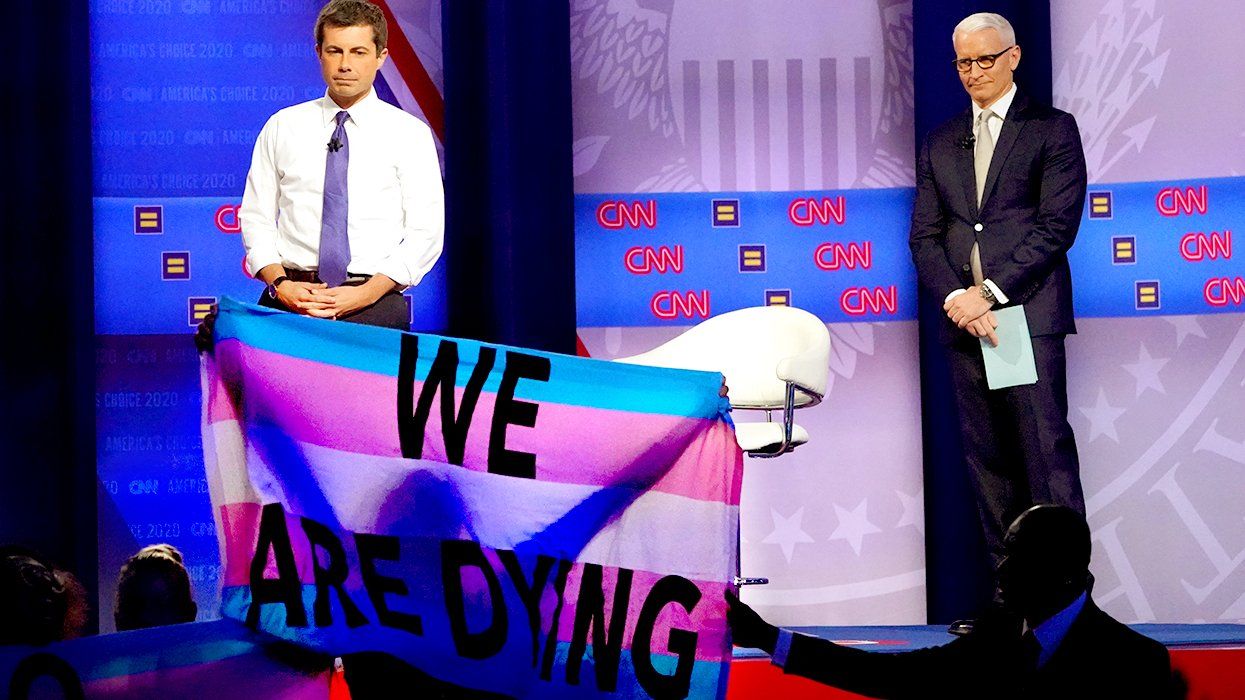Anniversaries, as commemorations of time passing, are always filled with intensity--a pin so particular in the cushion of time that you cannot separate analyzing where you were then and where you are now. We've made it a full year since Donald Trump became President of the United States; a reality that has set in motion an infinite number of global consequences through its surreal butterfly effect, touching every inch of our cultural landmarks. We've also made it an entire year since 2017's historic Women's March, where millions of people took to the streets a day after Trump's inauguration to express socio-political opposition towards the new President and his campaign policies.
Related | 32 Empowering Sights & Signs from the New York Women's March
It's been an interesting year, to say the least. Last year's protests felt heavily led by a cocktail of emotional reactions: fear of what this meant and would mean; anger that it happened in the first place; and a necessity to be able to scream anything that was being felt out loud - as loud as possible. If this year has felt like grief, it's because we have been grieving, but we haven't so much as moved through the stages in number form as we have been feeling them consistently. Sometimes freshly. Sometimes all at once. But the hope that has been carried throughout since it was instilled in last year's march has not left; it has adapted, evolved, been reshaped. Nowhere is this more evident than in the second march itself, which over the year has heard the many criticisms it faced and tried to solve them.
As opposed to last year's march, which was the first pushback against the new administration overall--an administration, which, on its own anniversary has wrapped its first trip along the sun with a government shutdown. The Women's March this year revolved around the theme of voting; providing education about voter registration and candidates to support (including a record breaking number of female candidates), as well as reinstating the importance of this year's elections. The theme served to contextualize the march, to remind us that we can and should keep marching, but that the appropriate changes will come in the voting booths. In this way, I believe the inclusivity of this year's march made everything seem more real - the primary shock has been dealt with and now it's time to get organized, to act.
Photography: Andrew Boyle
The 200,000 plus people that were a part of this year's march made sure to include most everything that has happened in the past twelve months in the second show of dissidence. People donned pink pussy hats, of course, and "Pussy Grabs Back" signs abounded, but many more recent events were referenced as well; criticism against Trump's disturbing "shithole" remarks were aplenty, as were references to the #MeToo movement and general sexual violence that has been a big focal point of our culture since the Weinstein allegations. A poster reading "I'm 14 #MeToo" has been largely circulating on social media since the march. It's a reminder of how deeply disturbed the over-sexualization of women can be despite (or in lieu of) our age--and the violence that will ensue in our lives as adherent to this. Women, particularly of color and of LGBTQ communities, are subjected to even more violence, both domestically and systematically.
One of the first clusters of people I saw while walking around 70th Street was comprised of four older Latin American women who were dressed in traditional garbs and were holding up signs with statistics about femicide while chanting, "No mas violencia contra las mujeres;" "No more violence against women." Everywhere, pride flags waved high. Signs demanding intersectional feminism were more representative of the changes we need to make and of the lessons learned through listening in a year of imperative restitution. Immigrants, one of the big reasons the government is experiencing its first shutdown since 2013, were likewise advocated for; signs supporting Dreamers and stating "Immigrants make America great," stood above heads next to signs touting "Vaginas brought you into this world. Vaginas will vote you out." Kids, babies, and dogs all took a stand. One poster called on Trump to "Show us your girth certificate #girther," and one of my favorites delivered an impeccable burn via the theme of healthcare: "Viagra is govt. funded - If pregnancy is god's will so is limp dick."
There is an interesting juxtaposition that is found in marches. They are at once displays of anger and displays of positivity. Yes, we are angry. Yes, things are messed up. But yes, we all agree--look at us agreeing. They are displays of hope and, while marching for the second year in a row, we remember how colorless our futures looked and how colorful we have pushed (and will continue to push) for them to be.
Photography: Aaron Hooper
I do believe that love trumps hate and I believe we can get to the futures we deserve by actively educating ourselves and each other, by promoting equality, justice, and tolerance. By asking questions, listening, and thinking. We cannot do this on our own, which is why anniversaries that remind us of our power need to be celebrated. The adage goes "From many, one," which instills in us the responsibility of our own individual actions, but we must also think of the reverse: "From one, many." There were 200,000 of us marching in New York City alone--with hundreds of thousands more across various cities, and millions upon millions of us more throughout the threads of history.
Public signs of dissidence are a necessity for democracy, but so is voting--a crucial thing to remember when we begin to lose steam in this continuous fight. This year's march was proof that we are not going anywhere. That no matter how tired we are, we will still show up. Still fight for a better future.
Step one: unity. Step two: "Grab him by his midterms."
Ana Velasco is a writer, photographer, and poet. You can find her on Instagram and on her website.


